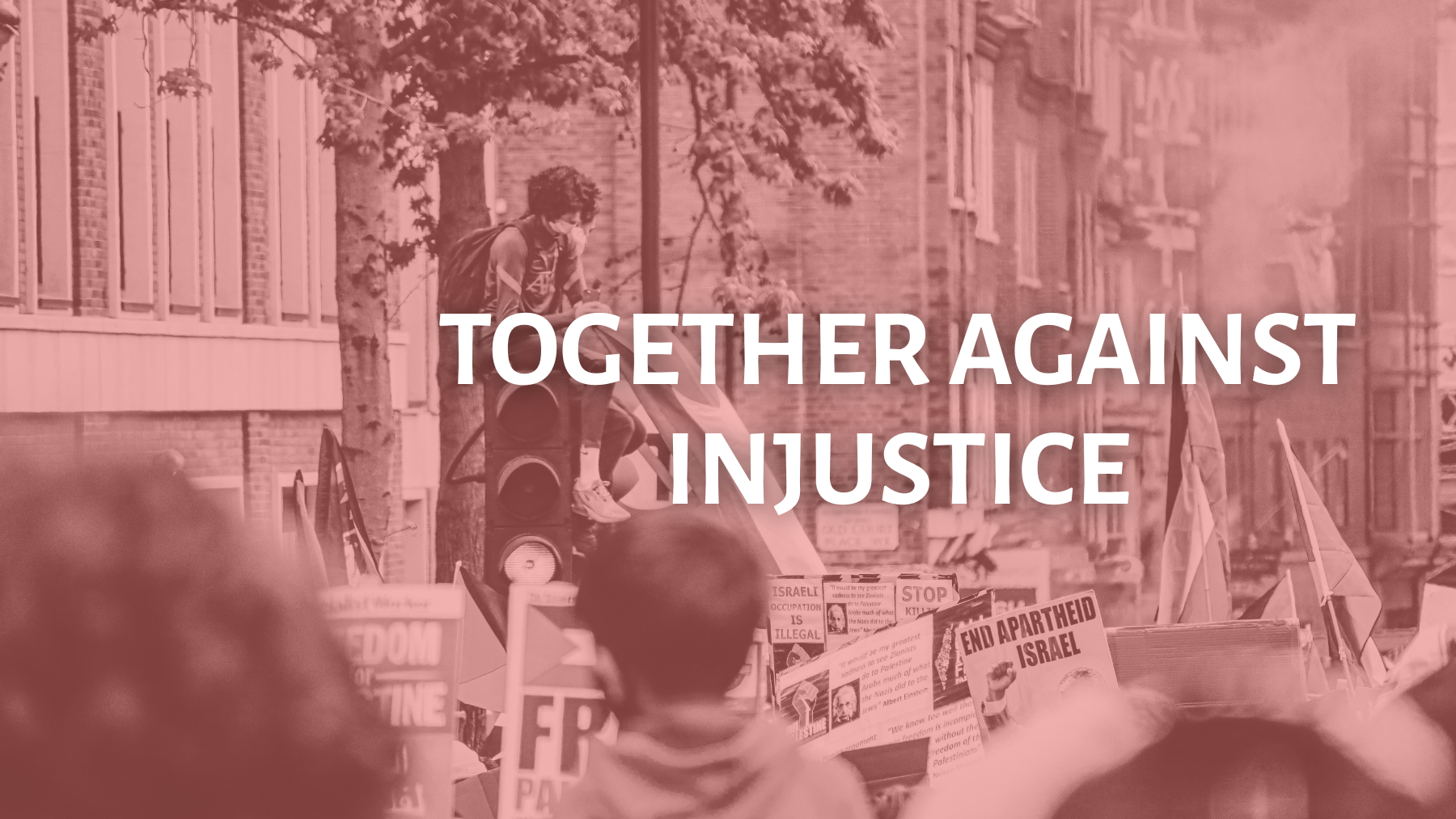1. Understanding Hate Crimes in Our State
Definition under state and federal law:
In Minnesota, a hate crime is a crime motivated by bias against a victim's actual or perceived race, color, ethnicity, religion, sex, gender, sexual orientation, gender identity, gender expression, age, national origin, or disability, leading to increased penalties for certain offenses.
According to the US Department of Justice, hate crimes are criminal acts motivated by bias against a person's race, religion, disability, sexual orientation, ethnicity, gender, or gender identity, while hate incidents are acts of prejudice that are not crimes and don't involve violence, threats, or property damage.
The difference between hate crimes and hate incidents:
A crime is a violation of criminal law (state, local or federal) and it becomes a hate crime if there is a discriminatory intent behind the action (such as assaulting someone due to their race or gender identity).
An incident is something that does not qualify as a criminal act but *could* be against civil law (such as workplace discrimination). Incidents can also include events or actions that are not illegal but are still meant to be isolating and discriminatory in nature (such as plastering hate-flyers in neighborhoods).
How hate crimes impact communities:
Hate crime data reporting is incomplete for many reasons. As previously mentioned, only a fraction of the more than 18,000 federal, state, local and tribal law enforcement agencies reported even a single hate crime to the FBI in 2023. Many agencies lack the training to identify, report and respond to hate crimes. Only 19 states have laws requiring that officers be trained to identify and investigate hate crimes. Numerous police departments also have misconceptions about handling hate crimes. According to a national survey by ProPublica, many agencies wrongly believe it is up to prosecutors to deem an incident a hate crime. In fact, state law definitions of what constitutes a hate crime are irrelevant for FBI data collection purposes, as outlined in their comprehensive Hate Crime Data Collection Guidelines and Training Manual. And, though the FBI itself has begun reporting hate crimes, many federal law enforcement agencies – and the military service branches – do not.
⅔ of Hate Crimes are unreported and nearly 80% of jurisdictions claim there were no hate crimes.
According to CAIR's 2025 Civil Rights Report, hate crimes and incidents have affected the Muslim community in Minnesota in several specific ways in 2024:
Targeting of Islamic Places of Worship: The report documents multiple incidents explicitly targeting mosques and Islamic centers in Minnesota. These incidents fall under the category of hate crimes or incidents due to their apparent Islamophobic bias. Minnesota leads the nation in attacks against mosques now for the past three years, with 44 incidents—including arson that have caused over $3 million in damages.
Housing Discrimination: The Minnesota office of CAIR reported a significant number of housing discrimination complaints in 2023, representing 43 percent of the total housing discrimination complaints received by all CAIR offices that year.
The halt of the Madinah Lakes project, intended to be a Muslim-friendly development, is cited as a manifestation of discriminatory housing practices.
Workplace Discrimination Allegedly Linked to Anti-Palestinian Views: While not strictly a traditional hate crime, CAIR-Minnesota announced administrative legal actions against the University of Minnesota for allegedly firing a Muslim employee who expressed support for Palestine on her personal social media. This suggests that anti-Palestinian bias, often intertwined with Islamophobia can lead to discriminatory actions in the workplace.






